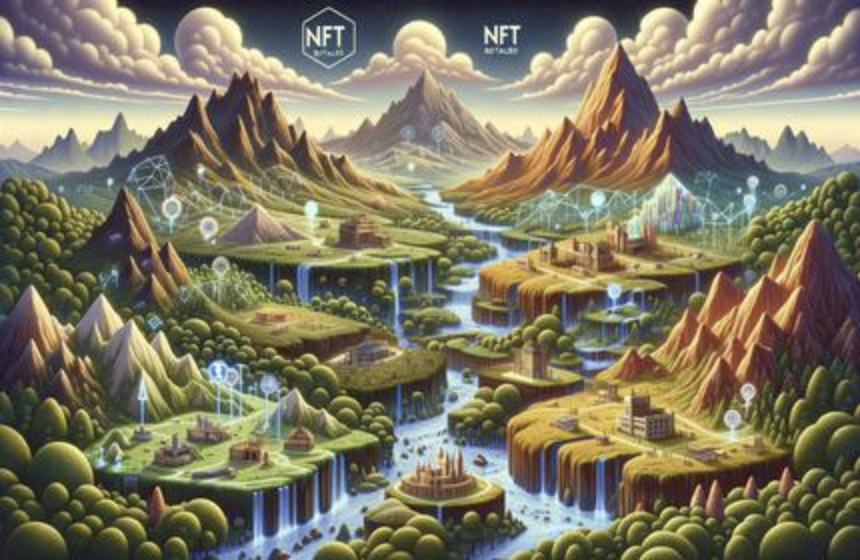The Evolution Direction of Intelligent Computing Hardware

The breakthrough progress of intelligent interaction technology is driving the iterative upgrade of computing architecture. While traditional graphics processors dominate the market, new specialized computing units are quietly opening up a second battlefield, injecting new momentum into the efficiency improvement of intelligent systems.
Structural transformation of computing power demand
The operation mode of modern intelligent systems presents a dual track feature: model training and real-time inference form a complete technical closed loop. The former focuses on building cognitive frameworks through massive amounts of data, while the latter focuses on instant decision-making and interactive response. With the penetration of intelligent services into daily scenarios, the demand for real-time inference computing is growing exponentially, which poses new requirements for hardware architecture.
Industry observations show that the proportion of computing energy consumption during the deployment phase of intelligent services continues to rise. The traditional parallel computing architecture is gradually showing its shortcomings in dealing with high-frequency and low latency inference tasks, especially in fields such as natural language interaction and dynamic image parsing. Existing solutions find it difficult to balance the contradiction between efficiency and energy consumption. This contradiction has given rise to a research and development boom for specialized computing modules.
Technological breakthroughs in architectural innovation
The cutting-edge R&D team is restructuring the computing unit from three dimensions:
1. The integrated design of storage and computing units breaks through the bottleneck of data transmission in traditional architectures
2. Heterogeneous computing resource scheduling system, adapted to multimodal intelligent tasks
The new architecture scheme showcased by an innovative enterprise has attracted industry attention. It adopts wafer level integration technology to compress computing units and cache systems in a microscopic space, shortening the data exchange path to the micrometer level. This design reduces the instruction cycle to 1/20 of the traditional approach, demonstrating significant advantages in semantic parsing tasks.

Another R&D team focuses on energy efficiency optimization, and their developed thermal management module can automatically adjust power supply strategies based on computational intensity. In typical intelligent dialogue scenarios, the unit energy consumption of this solution is only 15% of that of traditional architectures, creating the possibility for mobile deployment.
The evolution of the pattern of industrial ecology
The innovation of computing hardware is reshaping the industrial chain. Traditional chip manufacturers are accelerating their technological transformation and shifting their research and development focus towards intelligent dedicated modules. Emerging enterprises aim at market segments and establish technical barriers in edge computing, real-time rendering and other fields.
Market feedback shows a significant shift in the procurement strategy of intelligent service providers. More and more enterprises are inclined to adopt hybrid computing solutions: while retaining traditional computing power clusters, they introduce dedicated modules to handle high-frequency interactive tasks.
The prospect of expanding application scenarios
The popularization of dedicated computing units will unlock three new types of applications:
-Holographic interactive system with millisecond level response
-Autonomous Evolution of Environmental Perception Network
-Cross modal real-time creation platform
In the field of medical assistance, the new architecture has achieved real-time analysis of pathological images, compressing diagnostic response time to within 3 seconds. In educational settings, intelligent tutoring systems can utilize low latency characteristics to synchronously process dozens of interactive threads, creating an immersive learning experience.

Hardware innovation and algorithm evolution are forming a positive interaction. When computing units break through physical limitations, intelligent systems will have stronger environmental adaptability. This silent hardware revolution may redefine the boundaries and possibilities of human-machine collaboration.
(Writer:Frid)



